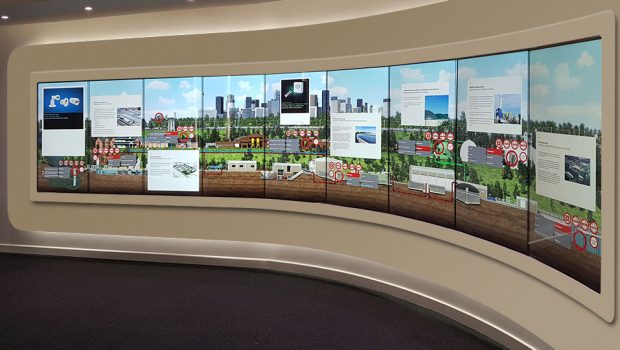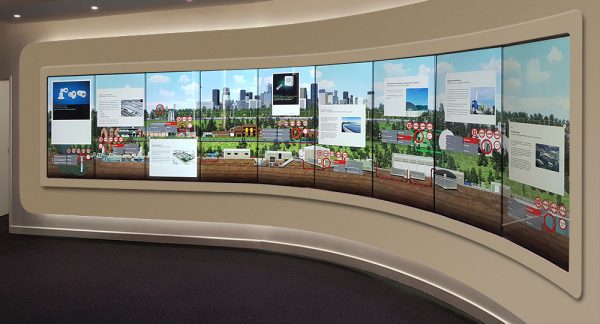The Ultimate Benefits of Using Video Walls
Whether you are thinking about how to attract eyes to your business to improve, installing a Video Wall can be one of your best options. But what exactly does a video wall entails? In the recent past, technology has greatly changed the face of digital signage and has also provided the advanced levels of technology which are efficient to both the indoor as well as the outdoor use. Until recently, video walls were only used by a small segment of the community including stadiums, malls, and casinos. However, as technology is advancing, these types of video walls are nowadays common in almost every industry. With latest trends in virtual-trade-shows, especially when mass gatherings aren’t an option anymore, you can still have all the functions you would at a normal trade show, minus the physical attendance. When you need virtual trade show services, contact GSE AV Atlanta.
Factors to consider before choosing one
Before the actual installation of the video wall, it’s very important to understand the requirements and technology that supports it. Here are some of the things that you need to consider.
- Location.
- Image quality.
- Maintenance.
- Implementation.
Although LCD is still popular LED is increasingly becoming popular.
Benefits of using Video walls
Clear Image brightness
While projectors are the main alternatives to a video wall, they usually have issues in bright areas. Such as places that depend on natural light. On the contrary, LED and LCD displays are brilliantly backlit hence they provide much contrast and brightness. This is true especially when sunlight reaches a projected image. While the projected light will appear muted and washed out this is not usually an issue with video walls. This is a very important feature considering that natural light is a major feature in most modern environmental designs.
No Resolution limitations
Since resolution is very easy to understand, it’s very clear why a LED video wall plays a very important role in creating the visual impact. For instance, if you put an array of displays on top of each other those resolutions may be additive.
Flexible hardware layout options
While most video walls are just walls some of them come with grills. With some clever display and mounting options, designers can be able to arrange displays in different kinds of patterns including curved and geometric layouts. In fact, some of them can even be three dimensional or free standing. Simply put, there are several LCD or LED screen layouts that haven’t been done before. By depending on this approach, the visual impact can easily be multiplied.
Signal versatility
A single projector or display is normally limited in its connectivity and ability to capture different sources. Both of them cannot display more than one source. More so, they can only connect to some devices. On the other hand a video wall can attract multiple signals and display them at once, even if they are different resolutions and formats. Since each one can be accessed through video controller, they can be spruced up and even managed individually.
They require less maintenance
While a video wall may appear to be something that requires constant maintenance, they require less care as compared to projectors. This can be attributed to the light that powers them. A LED video wall normally depends on a highly reliable and efficient engine technology.

















